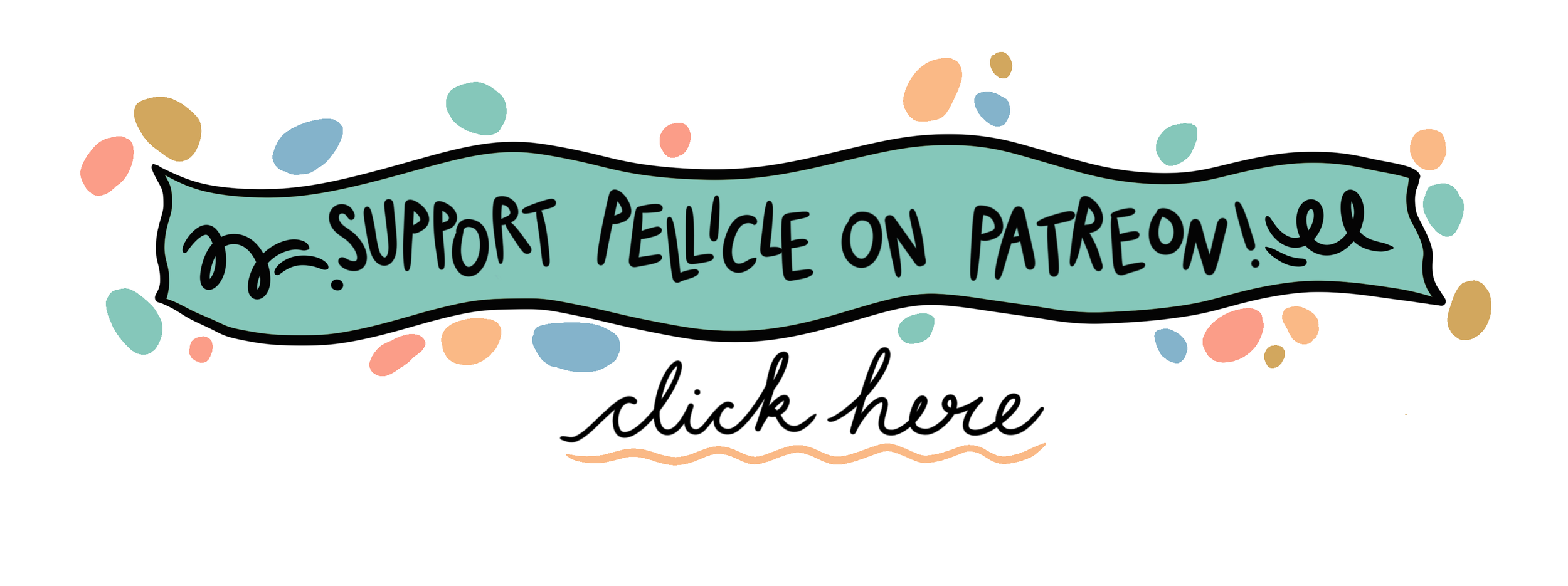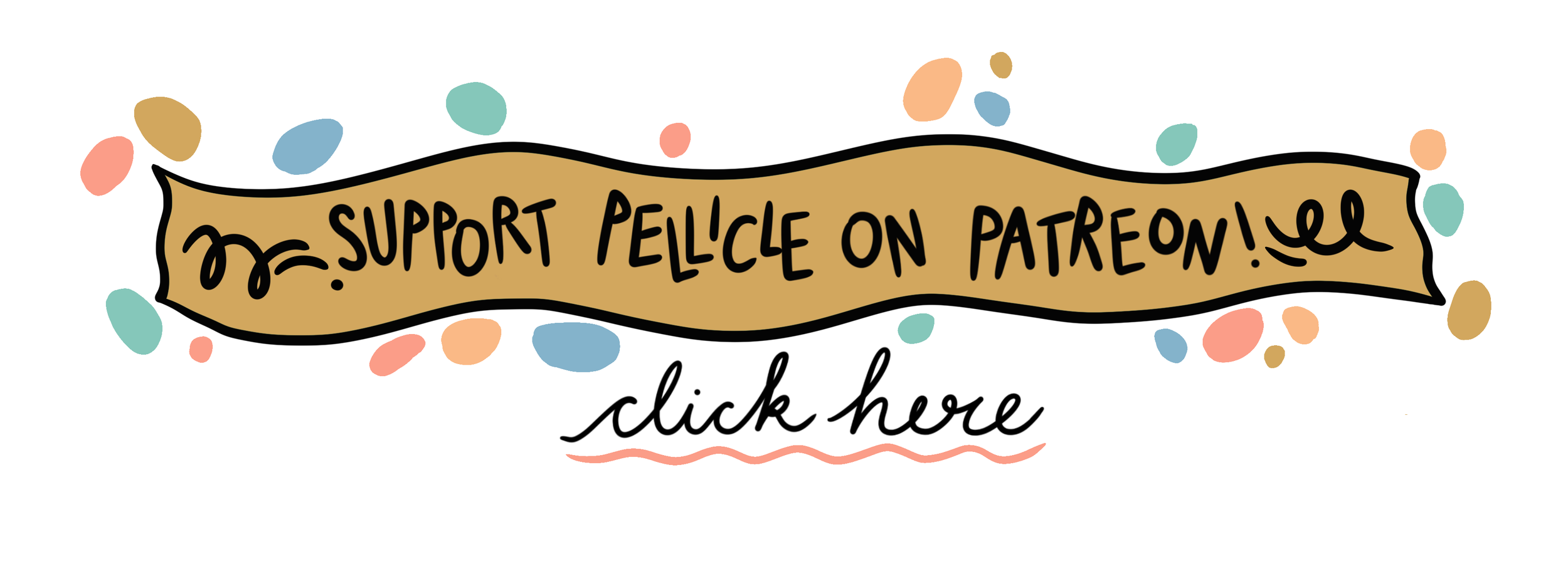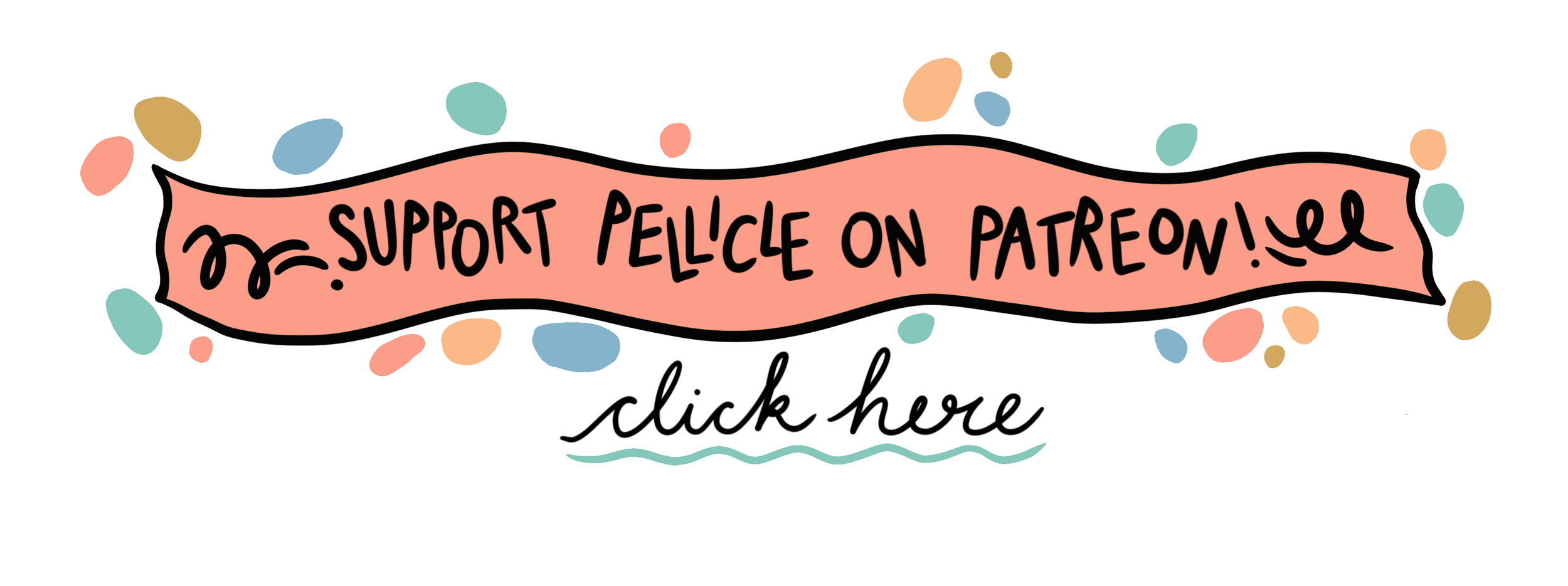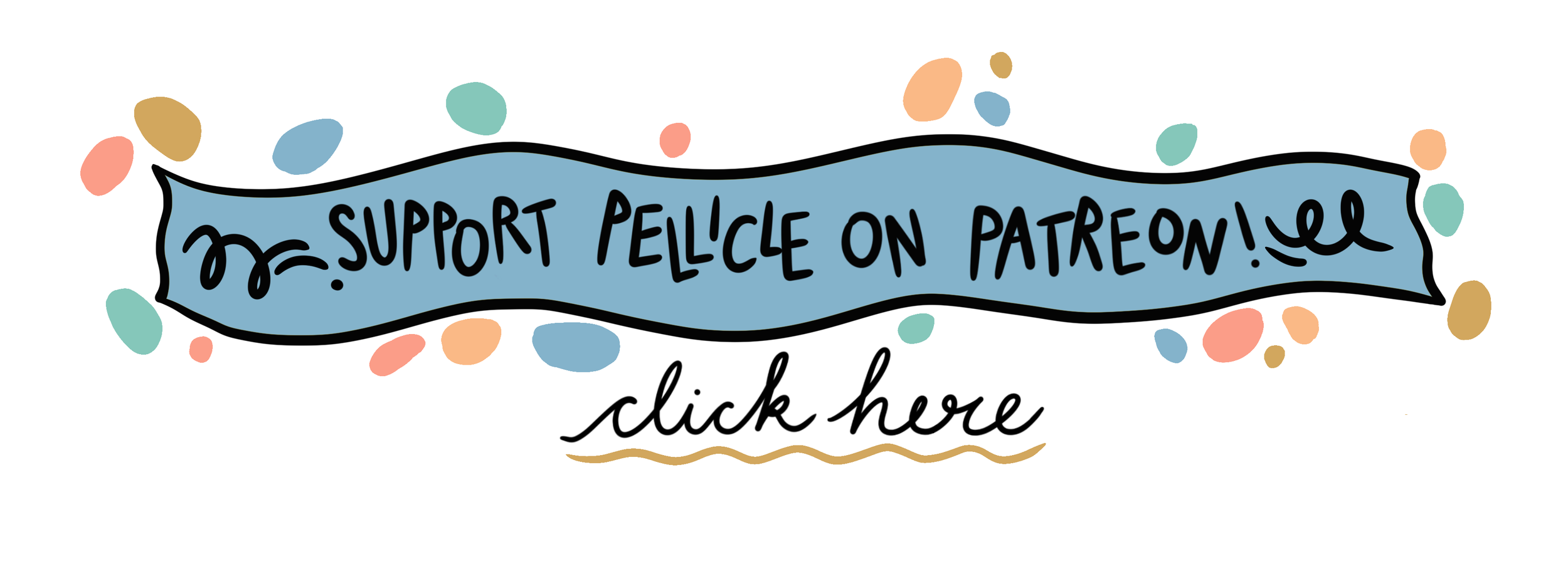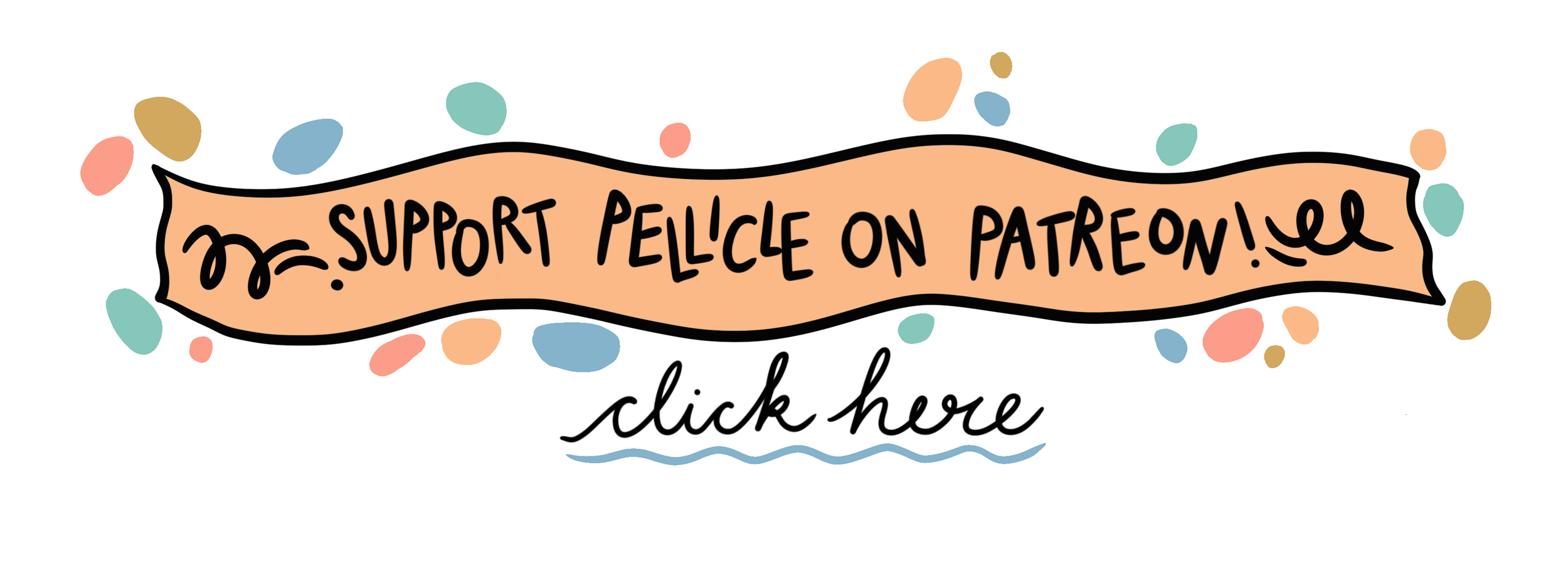Still Life in Drinks — A Liquid Diary through France and Italy
Où se trouve un flat white à Paris?
It is chilly, particularly for the start of May, and I am pushing a stroller with determination through the streets of the 11th arrondissement of Paris. Every few steps there are promising signs that my daughter, a jet-lagged toddler in desperate need of a nap, is beginning to relax.
When I see her nodding off a feeling of euphoria begins to creep through me—once she is asleep, will I duck into a wine bar? Go shopping? The stroller hits a crevice in the sidewalk and she jolts awake and begins crying. We go a block, maybe two, and she quiets again—and a taxi brakes in the road and decides to honk their horn, blaringly. I try a less trafficked street, pushing the stroller as quickly as I can to get away from the boulevard, but right when I think that this, finally, is the block where my poor daughter will get some rest, someone starts jackhammering right across the street.
Weary, I am about to give up when I see that my daughter has relaxed into sleep. I thank the gods, pull a muslin cloth over the top of the stroller to shield her from light, and pull into a café called Black Star Coffee. It’s run by the same owners of KB Coffee in Pigalle, where I used to hang out years ago while living at a friend’s place in Montmartre, broke, freelance and childless. I order a flat white and it comes absolutely perfect—the milk lightly steamed but not frothy, the coffee smooth and not too bitter. It’s only been three days that we are in Paris and I have already grown sick of the ubiquitous café crème, the closest thing to a latte that you can get here.
But I didn’t come to Paris for the coffee. I came to France, in part, for the natural wine, but mostly because I left some of myself here. And now I’ve come to reclaim her—that is if I can find her. If she’s still around.
***
A Chouffe and a Pastis
You could say I came to Paris in part to see this friend. You could say it’s because she knew the “old me”—the person I was before marriage, before motherhood, before the pandemic (lucky me, they all happened almost simultaneously). And I knew the “old her,” but we have never spent time together as mothers, with our children. Her son is one year older than my daughter.
It is afternoon. They are sleeping. We exhausted them, bathed them, and put them down for a nap so that we could maybe have a drink together. It worked; her partner is watching the children and we slip out, across the street, to the bistro. It is an extremely simple place, a bar really, that serves fresh orange juice and coffee and croissants in the morning, then cheese plates and booze the rest of the day. The bar was here, in the 11th arrondissement, long before the natural wine bars you know and love.
We sit facing the street, as Parisians do; the idea is to watch life passing. My friend has a Pastis, and pours from a little jug of water into the anise-based, digestif liqueur, both of us watching as the creamy louche forms. I hold a wide-rimmed glass of Chouffe, a citrusy, unfiltered, blonde Belgian beer. We say “cheers” and drink. We relish the moment. We haven’t even had two sips before the text message comes: A child has awoken, we are needed. Come back.
***
Altesse and the Monster
It is the perfect alignment of the stars on this day, with oysters and peonies simultaneously in season, and they both grace the table of my friend’s apartment. We open a bottle of Caroline Ledédenté’s Altesse from the Savoie region. The sans soufre (without added sulphites) wine is a harmonious meeting of acidity and texture, with the most delicate floral notes. The kids slurp the salty juice from the oyster shells before we eat them.
My friend makes ravioli, using her index finger to brush egg yolk around the edges before she rolls over the pockets. I help prepare the filling: fava bean and bone marrow. Neighbours come over with brown bags from Nicolas, the bottle shop chain, and we chat idly as we sit down to generous portions of incredibly flavourful stuffed pasta.
Illustrations by Dide Tengiz
All I have wanted these past two years of the pandemic, was this: To make ravioli with this friend, while our children play together. And it’s happening. It feels oddly like a dream.
Later, my daughter and I get into bed, and she turns to me with wide eyes.
“Monsters.” It is a word she has never said before. Her face carries earnest fear. I ask where the monsters are; she points to the corner of the room and under the bed.
“They aren’t real,” I tell her. “No monsters here.”
I pull her close to me and we sleep in a bundle.
***
Café et Calvados
Here is how it is done: Rise in the morning, not too early. Once you and your child are dressed for the day, load her into the stroller and leave the cottage, entering the warm air that is fragrant with the pollen of wildflowers growing all around you. They line the road as you walk, a pastel palette of pink scabiosas, purple clover, yellow buttercups. It is like walking through a tunnel lined with honey, the scent is that strong.
Arrive to the old restored hotel called Auberge de Chassignolles, with its iconic sign that reads “AUBERGE” high up top of the building, and which sits in the town square directly facing the stately, medieval chapel. The Auberge is the type of place you wouldn’t know existed if you weren’t a fiend for natural wine.
““I left some of myself here. And now I’ve come to reclaim her.””
Sit on the terrace and order: A café crème avec Calvados. Doesn’t matter if they bring it separately or already combined. In this case, they bring it separately, along with orange juice and a croissant for the child.
You tip the glass tumbler of Calvados—apple brandy from Normandy—right into the frothy white coffee. You sip. The world goes just a little bit shiny. You start the day with this veneer. The church bells ring and your daughter claps with glee.
And there you go, here you are. You only had to look in the countryside of France, with a strong morning drink at your side, to locate yourself.
***
Kir in Cassis
After a lunch of fresh, fat oysters with soft bread and creamy butter, my husband, daughter and I walk through the Art Deco backstreets of Cassis, a Provençal port city. We arrive at the pebble beach and drop our belongings atop the bright pink fouta I found at the street market. The aquamarine water and its gentle waves invite us.
Cassis is famous for its rocky inlets known as calanques, including this one, right in the town. Feeling adventurous, I lead my daughter along a very high, steep staircase with no railing to get to the top of the cliff. It gives me intense vertigo, but the view is worth it. We watch the sailboats passing.
Back down on the pebbles, I step onto a platform where there is a small café, ostensibly to purchase ice creams. I deliver them to my husband and daughter, then return to the bar and perch there. I order a kir—a savoury beverage of Aligoté wine and Crème de Cassis that is acceptable to drink in broad daylight—and sit for a while.
In the distance, the cap of Cassis juts out 400 meters high above the Mediterranean. It is a mammoth-sized, half-beige rock, half-covered with verdant pine forest. It is magnificent. You could sit for hours, holding a drink and beholding it, in this warmth. I only have ten minutes before my daughter will need me again—to wipe the dribbles of ice cream down her chin, to make sure she’s wearing enough sunscreen, to help her walk on the pebbles, to build a sandcastle. For these ten minutes, I feel wholly myself, in a way I have not in a long time.
The kir is gone quickly, but the feeling remains for the rest of the day: sensuality, unhampered by to-do lists and car seat battles and bedtime routines—just a person in her body.
***
Due Spritz con Campari
We have come to Italy’s Adriatic coastline to escape the growing heat wave, and wound up in a town called Senigallia. We have no idea what to expect. There are no foreigners here, there is no natural wine bar. At the beach, we see a playground—and then, we see another. We walk on with astonishment—there is literally one playground per bar, as far as the eye can see. Leave it to the Italians to make it possible to have an aperitivo while your children go down a slide built into the sand.
Spritzes are the only thing we can drink on these extremely warm days, but we always make sure to ask for them to be made with Campari. Both Campari and Aperol have orange as their basis and various, “secret recipe” aromatics playing supporting roles. Aperol is notably sweeter—just bordering on bittersweet — while Campari has a bolder, more bitter profile; it also has about twice the alcohol as Aperol.
To each their own, but to us, a spritz with Campari is a more savoury, complex cocktail. In Italy, spritzes always come with little snacks: potato chips, round green olives, salted peanuts. And in Senigallia, they come with entertainment for our toddler.
***
The Count of Castelnuovo Berardegna and his Anti-Fascist Sangiovese
The road to Pācina is lined with towering Tuscan pines, like pillars from the earth. We are spending two nights at a natural wine estate in Southern Tuscany.
On the first night, the village is having a festival to celebrate their famed breed of chicken. The celebration involves eating them. My husband, daughter, and I walk out of Pācina toward the village of Castelnuovo Berardenga alongside Giovanna Tiezi and Stefano Borsa, the people who have shaped the estate to its current glory, along with their daughter, Maria-Clotilde Borsa. Giovanna and Stefano talk excitedly about the festival, which has not been held in years due to the pandemic. She tells me that this is the village where she went to school, as well as their two children—she remembers riding her bicycle back to the farm at the end of the day and feeling totally free.
Then Stefano asks if we know why Pācina is not in the Chianti DOCG. We can see the hills of Chianti just below us—one of the world’s most successful geographical wine brands. Those vineyards grow Sangiovese, Cilliegiolo, and Trebbiano—also grown at Pācina. Stefano, a tall man who would appear serious except for the smile wrinkles around his eyes, tells us a story.
““I think of all the people having dinner, pouring Chianti into their stemware: Don’t they know, there’s a monster in their wine?””
In the 1920s, when the Chianti growers were fighting for their region to be recognized—the DOCG came in a few decades later—the consortium approached the Conte Guido Chigi Saracini, a significant producer based in Castelnuovo Berardenga. He declined to join the group, and Stefano tells me, it seems to be that his decision was based on the fact that the consortium was led by Conte Luigi Ricasoli, a man who was working his way into the Federazione Fascista Provinciale—a fascist organisation. He became its secretary in 1927. The Conte Saracini of Castelnuovo Berardenga deliberately declined the opportunity to join in order to remain distant from the fascists. This story is chilling—I think of all the people having dinner, pouring Chianti into their stemware: Don’t they know, there’s a monster in their wine?
We arrive to the chicken festival. It is outdoors, with a string of lights around a café area. Everyone is greeting each other warmly. People who missed coming here for two years have come out in droves, and all the chicken has already been eaten. We have fried potatoes and sausages instead, and we drink a pleasant local red wine, made with the generic Toscana appellation.
I feel incredibly at home with the Pācina folks, although we hardly know each other. But there is between us the bond of natural wine, which runs strong around the world. And, perhaps relatedly, a relief that history didn’t go the other way, and that we can talk of fascism as a thing in history.
***
Limoncello in the Heat at Lake Bolsena
Our arrival in Bolsena, a town situated on a massive volcanic lake, 90 minutes north of Rome, is fortuitous: There is festival preparation underway. For the first time since before the pandemic, the community is observing the infiorata, a commemoration of the Last Supper that involves covering the streets in “flower carpets” of sorts. The carpets are made by collecting seeds and flower petals and then sticking them onto stencils made with sticky compost, which are laid out on the medieval cobblestone streets.
For days, we watch the people of Bolsena hulling seeds from long, reddish plants. The day before the festival, we step gingerly around the compost stencils in the streets. We are headed to the lake, our kind of church, where we swim amongst little fish, keeping our bodies submerged and away from the terrible, burning sun. We drink Campari spritzes, but their flavour is no longer as exciting to us. We try to drink a lot of fizzy mineral water.
Italy’s reservoirs are getting low. People whisper that they are concerned about the olive trees, the crops. The heat is unrelenting, sweltering.
Coming back from the lake, I see two police cars—an unusual sight in this touristy town. They are surrounding a family, rounding them up into the back of a car. There are children—one baby, one school-aged. The family isn’t white. The police are. One officer is telling the family, this is “just a control.” The family is not assured.
On the day that Roe v. Wade is reversed by the U.S. Supreme Court, we are still in Bolsena. At night, I cannot sleep. It is too hot and I have too many thoughts. I pour myself a Limoncello, sweet and sticky, from the fridge, and dilute it with ice and fizzy water. I stand on the balcony of our apartment, high above the town, and listen to the festivities; a marching band has been going for hours.
Since we have been in Europe, there have been several mass shootings in the U.S., including the Uvalde school massacre. My daughter is right: monsters do exist and they are scary. They are in institutions that are meant to protect society; in legislatures; in our neighbourhoods. They exist, too, in us, to an extent—I know that I was a species of monster at certain points during the very early months of motherhood.
Sleepless, I consider the idea of travel, even as we are amidst its parameters. I question the notion of “holiday” or “vacation” as an “escape.” What good does it do, to tune out? To not confront? And what is the alternative?
The limoncello gives me a stomach ache. I wish I hadn’t drunk it.
***
Rosato in Roma
One night in Rome before our departure, we make our way to Santo Palato, an upscale trattoria in the Appio Latino. The air is scorching, and as we walk, we chase the tiny rim of shade cast by the buildings. We slide into our seats and the server cringes visibly as my daughter colours all over the marble top of our table with marker. I rub at it with a baby wipe until our appetisers come: trippa and a pan of omelette topped with sautéed chicken liver.
My husband’s main is a dish of snails, cooked in tomato sauce. I have spaghetti tossed in chili oil and plated atop a puréed creamy, bright green bitter vegetable. We drink light, rosato-style Montepulciano di Abruzzo from Eughenos Raggio di Luna, treasuring its soft cherry notes and welcoming light texture. Our daughter lethargically eats pasta tossed in oil and cheese; she is exhausted from the heat, from the train ride that morning, and from the constant change of travel.
Soon, we will board a plane back to Australia—to routine, to work, to two smelly dogs and a vineyard. This trip, and its liquid moments, will recede into memory.
Back on the other hemisphere, weeks later, I flip through the trip photos on my husband’s phone. There is one taken on that extremely hot day in Rome. My husband had stepped outside for a smoke, and took the snap through the glass pane façade of the restaurant. In the image, my daughter sits on my lap, and we are both looking at something on my phone. She is saying something, I am smiling. The reflections of the nearby apartment buildings, painted in warm pink and gentle yellow, frame our heads. It’s not home, but it’s a place we are discovering together, as a new family. We appear to be exactly where we’re meant to be.










